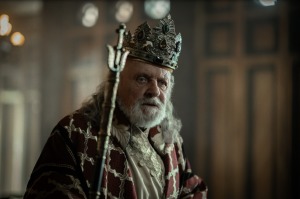King Charles III’s coronation: 5 sacred songs that will be performed
'Kyrie, eleison'

The acclamation “Kyrie, eleison,” which is Latin for the phrase “Lord, have mercy,” has a long history of being used in both liturgy and sacred music, having been used for centuries.
For the coronation of King Charles III, a new choral version by modern composer Paul Mealor will be used, which will also reportedly be the first Welsh language performance at an English coronation.
The song will be performed after the Archbishop of Canterbury kicks off the ceremony with a greeting and introduction.
“It is a meditative, introspective piece based on a blend between Gregorian chant and ‘Cerdd Dant’ (Welsh Penillion singing — an important part of eisteddfodau),” said Mealor in a statement released last month.
“I was inspired by the great Welsh tunes — Aberystwyth, Cwm Rhondda, Ar Lan Y Môr — and the composition is colored by the harmonies of these songs. It is a cry from the deep soul of the hills and valleys of Wales for hope, peace, love and friendship.”




























